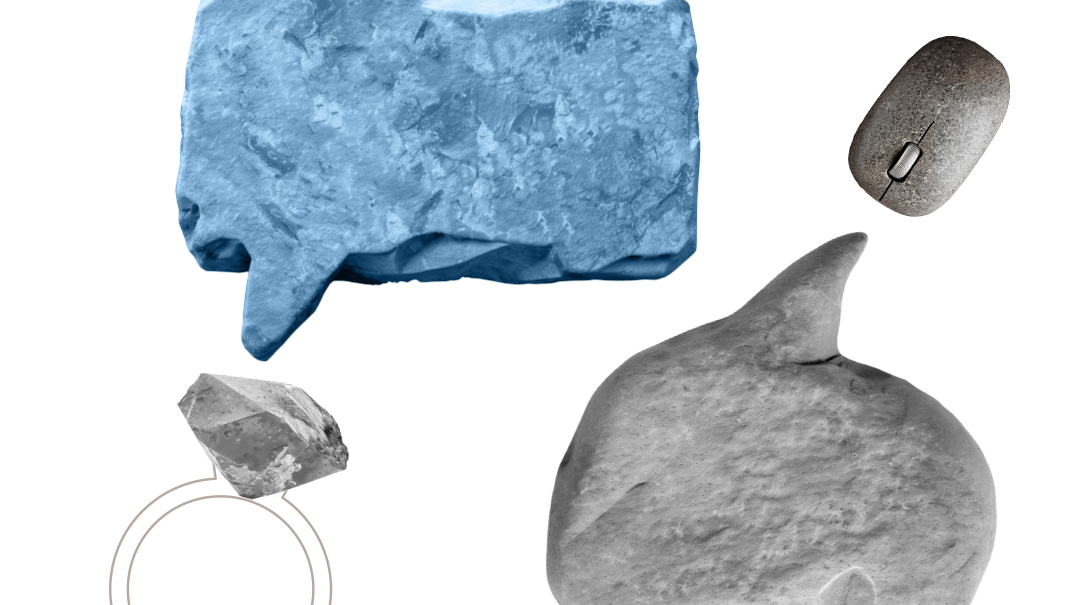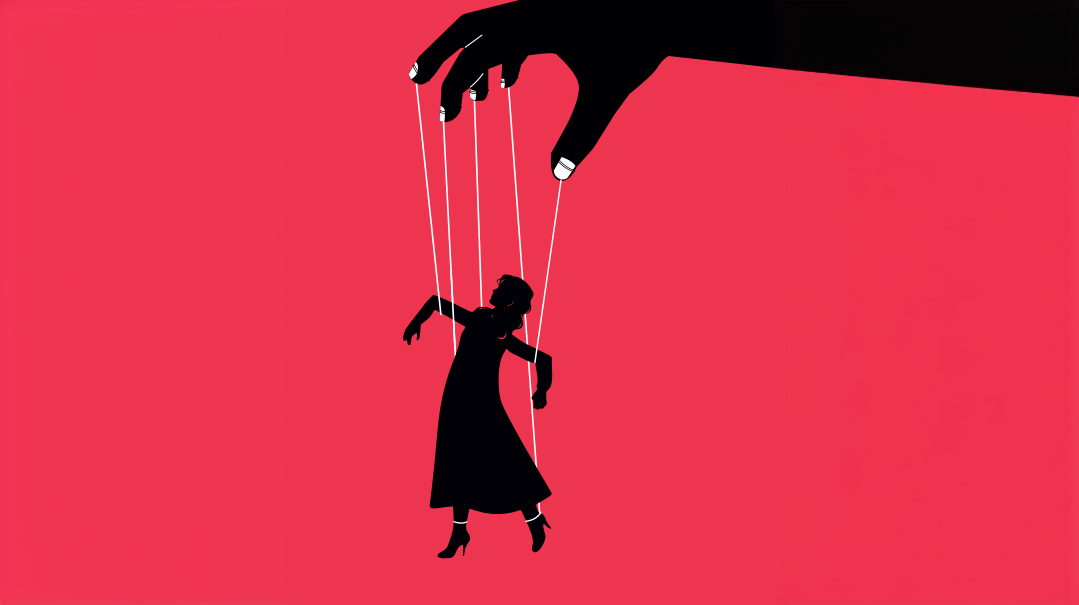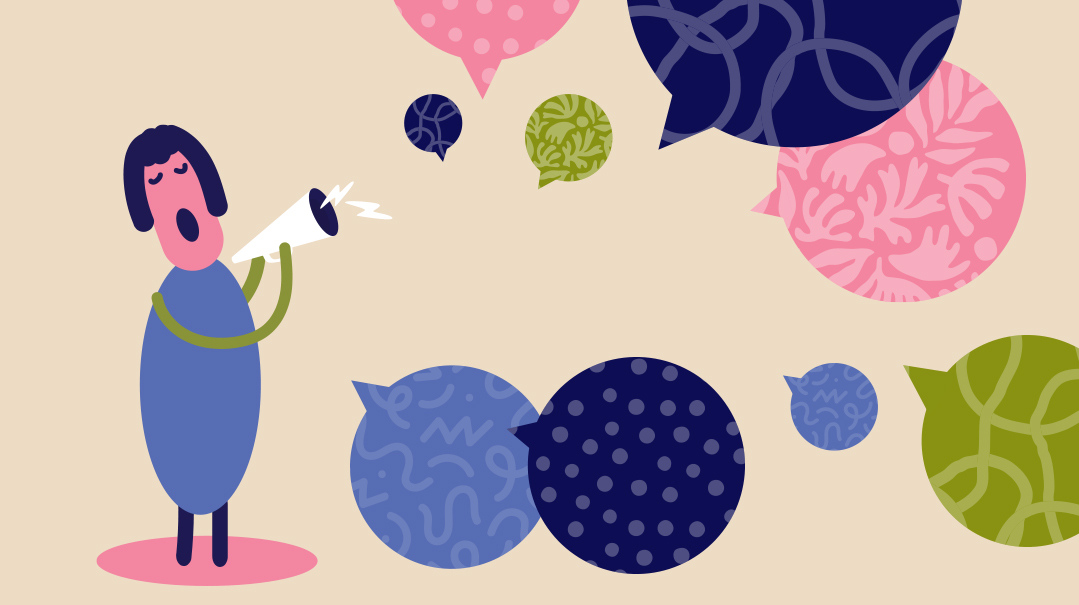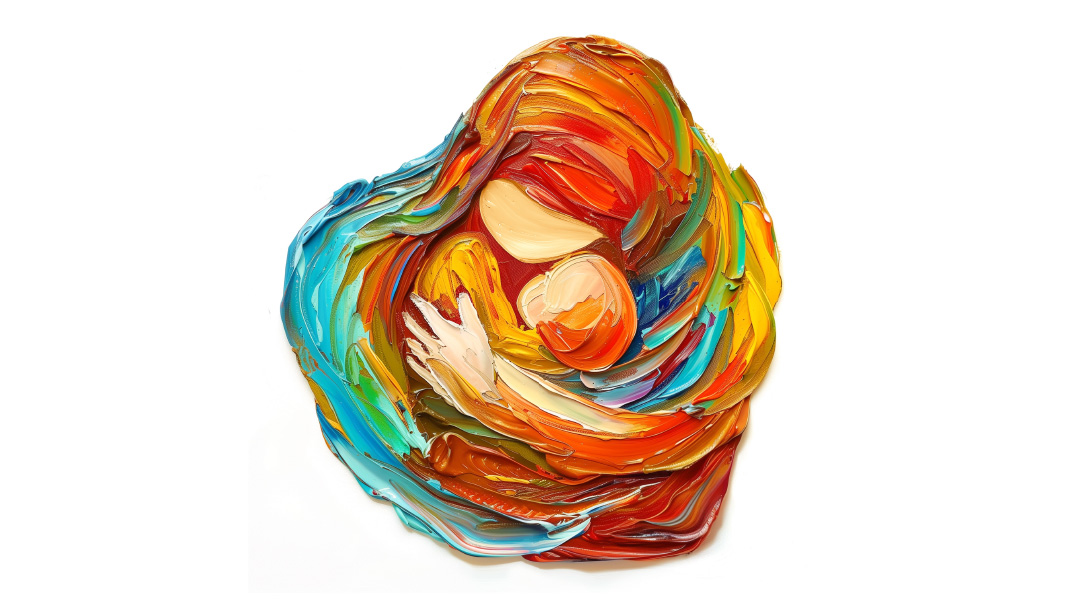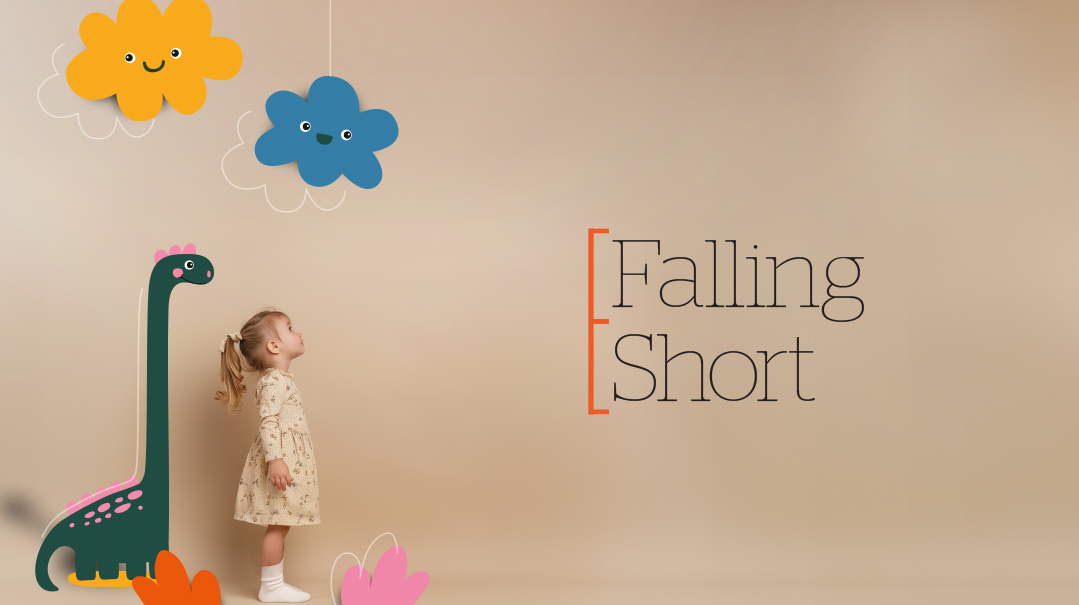Not Child’s Play
| May 14, 2024Play therapy. For Adults. While the image of a middle-aged woman playing with dolls may raise your eyebrows, some women say it changed their lives.
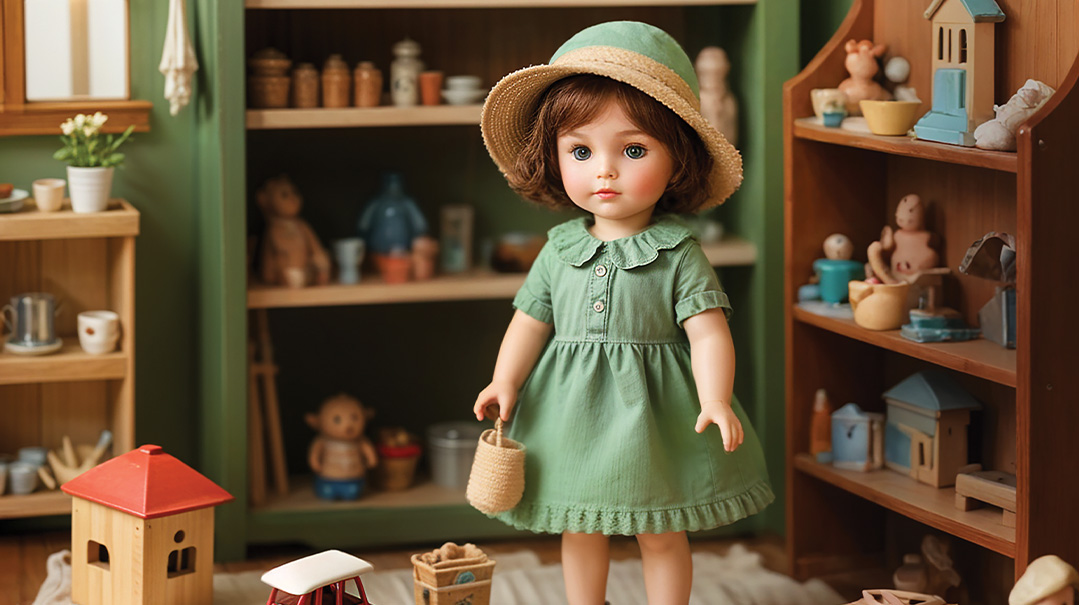
Chana's story:
I walk the hallway of the health care agency I manage, stuffed monkey on my lapel. It’s a conversation piece that has nurses stop to talk. Meetings with doctors, checking off charts, answering queries keep me even-keeled. Until a staff whispers, “Chana, are you free?” She doesn’t have a HIPPA dilemma. She has a shidduch suggestion.
Something clamps in my chest and I shrug, paste on a smile I hope reaches my eyes.
It’s much too scary to remarry. My first husband yelled too much and did other stuff I can’t talk about without tearing up. “I have a good life,” I tell my staff member. “I’m not looking to remarry.”
After work, I trudge home, take my lone piece of chicken and some fries to an empty supper table. My youngest child recently got married and lives out of town. For the first time in a long time, the house is too big, the meals too small.
One Shabbos, I sit on the couch at my daughter’s house, watch my granddaughter place her Menchie doll into her dollhouse. I crouch on the floor next to her, help her set the table upright in the kitchen area. She laughs and so do I.
Something percolates in my brain as I walk back to my empty house. I rummage through the pile of mail floating around behind my microwave. Not there. After several phone calls to neighbors, I hit the jackpot, go pick it up down the block. It’s a brochure for dollhouses and accessories, and I mail in my order. This is the 1980s, before internet became a household item. That’s how I got my first dollhouse.
I place the wooden dollhouse in the center of my living room and spend hours after work wallpapering its walls. I peruse the catalogue for gold miniature chandeliers and soft blue rugs. My marrieds come over, ask what’s going on. I feel a flush. “Keeps me busy,” I mumble. One raises his brows, the other nods solemnly. But they sit down and look over the catalogue, circling things, making suggestions.
“Tante Chana,” my niece says, “you need a table set for six in here.” I say maybe, shrug away the pain.
And then I know how I want this house to look. I order the smallest oak table and two wicker chairs, place them in the kitchen area.
At work, my colleagues still come with shidduch suggestions. I say, “Maybe.” They raise their brows. Phone calls start coming, but I tell the shadchanim no. The fear is so deep, and I just can’t do it. I go back to my hobby, order a double couch, gold with oak inlay, and a ceramic tea set with pink daisies: two cups, two saucers.
I choose miniature people to put in the dollhouse. One man, one woman who looks mysteriously like me. Slowly I look into some shidduch suggestions but nix each one. I’m not sure why. And still, I’m busy with my pastime, get mint green quilts with matching pillows. I set the little people at the table, the tea set ready. Sometimes I sit on the couch staring at the dollhouse for a long time.
I invite friends and family to come see it. “Oh, wow!” my friend says. “I love what you did here.” A thrill courses through me. It feels like I built something huge.
After a few months, one shidduch suggestion makes a little sense, and I go out on a date that works out well. Soon after, I accept a ring under the chuppah. I don’t know how it happened that my fear of remarrying lessened. I did nothing to soothe it except furnish a dollhouse.
Rivka’s story:
I’m alone. That’s how I feel. All the time. I feel it in my psyche as I play a game of Scrabble with my teens, when I’m vacationing in Florida with my husband. Being in the classroom, teaching my high school students, I feel like I’m not there fully. It’s as if a part of me is missing, and I don’t know what. As a homeroom teacher, I can’t afford to not be there as I need to be. I’m too afraid to go to therapy, so I push it off, but each year gets harder and harder. I befriend a social worker who works with some of my students at school. She demystifies therapy for me, and I feel comfortable to take the journey.
I lost my mother at age five, much too young to understand where she went forever and why. I played with my doll very quietly after that, gave it a baby bottle again and again, trying to bring my mother back so she could feed me.
Now therapy is a therapeutic experience that helps me reexperience parts of myself I lost in childhood. Mostly my mother’s touch. My father remarried when I was still little. My stepmother strode into my life, gave me hugs so tight I couldn’t breathe. Her kisses were hard and wet, not gentle. She brushed my hair with strong, quick strokes, and I didn’t dare cry out so as not to anger her.
In therapy I sometimes use objects, like a scarf or a teddy bear to represent my maternal mother and my stepmother. Gestalt therapy, my therapist calls it. I enjoy using a teddy bear in session. I talk to it, hold it. It helps me feel a sense of connection I can’t otherwise fathom. I want to experience more of it outside of therapy, so I surf Amazon for that perfect teddy bear. It takes me hours to find her because she has to have soft, short hair like a shaggy carpet. She can’t just be flat. I need to be able to brush her soft hairs, feel the texture in my fingers. I don’t care what color she is, just that I can touch her and feel her. So that I can feel her connection.
At the supper table, my husband asks the kids about their school day as I draw swirls in the mashed potatoes. He turns to me and asks, “Are there more pastrami rolls?” I nod and a deep loneliness settles inside. I bring him the rolls and run off to my room. I plop down on my bed, sit my teddy on my lap, facing me. Closing my eyes, I stroke her back slowly, fingers starting at the back top of her head. Slow, long, soothing strokes. Down and up. Down and up. Deep, deep breaths. I look into her deep, beautiful brown eyes, and then I turn her around. Her back is against my chest, my chin resting on the top of her head. I close my eyes and drape my arm around her chin, resting my palm on her cheek. Deep. Deep breaths…. And without a word, I let her know… I can see your anger and your fear. I can see them and they make sense to me. And although I can’t take them away, I can sit here with you and give you all the connection and support you deserve. I feel calmness enter me, and I relax.
I tell my therapist I bought a teddy bear and we start using that medium more in session. “Tell the teddy bear how you feel,” my therapist says. And I tell it, “I’m so, so alone.” Tears stream down my cheek. “I need someone to hold me and be with me.”
My therapist nods gently, her voice soft, “What would you tell her to help her feel better?”
I shrug.
“Would you tell her you’re here for her now?”
I nod, tell it to my inner child, and I feel the loneliness melt away and a small sense of connection take its place.
The more I engage with Teddy in therapy and in the privacy of my room the more I feel open and connecting to my family and to my students. In school, there’s an event for mothers, and I feel so alone. All my defenses go up. I act differently and I don’t know why. I used to think that I should grow up and not be ridiculous. But now, I know I’m just feeling the loss of connection I never received adequately. And I think of my teddy, how I have her to hug and give me hugs. The feelings of loss and distance dissipate in the auditorium, and I greet mothers, smile, and feel more whole inside.
Once home, I scoop Teddy in my arms and stroke her. A strong feeling of connection courses through me as I would have felt as a child if someone would have stroked me. It’s a pivotal moment for me, and I sit with the feeling for a long time. Then I softly place her on the toy shelf in the playroom for my little ones. I can let Teddy go because I feel more connected within myself.
Miriam’s story:
I’m on my way out the door to work, walk past the dusty mirror in the foyer, avert my gaze. My green shirt has three red speckles from last night’s tomato soup I hope no one sees. I slip on my jacket, the sleeve frayed.
“Uh, ma,” my teenage daughter says, “when are you getting a new jacket?”
I shrug. “It doesn’t really matter how I look, just who I am.” I’m out the door before she can blink and rush into the grocery for a sandwich. In the aisle I feel eyes on me as I grab the first sandwich I see and rush to the line.
“I don’t understand,” I tell my therapist, “why do I dress like I care so little if I care so much?”
She calls it a block, the shame from trauma I need to hold on to. I was abused as a kid, and it left its mark in many ways, including on how I dress. My belief is: I’m a shame, it doesn’t matter how I look. I know it’s not accurate, but I still can’t get rid of it.
I get a new wardrobe every few years, resolved to look up to date. But when I stuff it into the washing machine, I don’t check the dial and it washes on a hot setting. I ruin my new clothes. Some days, hanging my clothing is too tiresome, so I drop them in a heap on the dresser and wear them the next day as is. I simply have so little time.
I sit on the therapist’s blue cushioned chair every Monday and tell her my trauma stories, take in her soft voice, the compassion that lines her face. One day it happens. I wear a different dress to work than I wore the day before. “Nice outfit,” my employee says, “where’d you get it?” I smile softly, slowly ease into my office chair.
I buy something new to attend a tzedakah event for my kid’s yeshivah. And I see an American Girl doll standing center stage with her soft brown curls and blue zip up. There’s something regal about her, and I feel a certain yearning in my chest to have her be mine. I drop in 15 tickets when no one’s looking. I don’t win her, but I do peruse the American Girl site to find my Truly Me doll and click on Add to Bag.
“Why did you buy it?” my inquisitive teen asks. “We don’t have little girls.” I shrug. “For Gitta’s kids when they come over on Shabbos.”
My daughter raises her brows. “You’ve never done that before,” she says. “Why now?”
I name the doll Shaina because it denotes beauty. She stands in my closet on the shelf I emptied for her. At first she is just there, a presence every time I pull a shirt off the hanger. I peer at her shiny brown eyes, so like mine. I smooth down a flyaway on her soft hair.
My sister-in-law Gitta comes over with her daughters on Shabbos, as she often does. I bring Shaina out, a giggle in my throat. It feels childish, but something pulls me.
As I schmooze with Gitta, I glance at my nieces playing with the doll. I need to see them finger her dress and shiny white shoes, how they feed her play cookies with red spoons. There’s something about it that makes my chest go all fuzzy. At night, I surf Amazon, click on clothing for 18-inch dolls. All blues and greens and yellows. My nieces love them when they come play, but clamor for pink shirts and shoes. So I get it for them and live in their excitement as they try on each dress with matching socks.
With time, I up my game, surf Amazon for doll clothing in haute couture. All mauve and beige and brown. My nieces aren’t enamored with the new styles, but there’s something about Shaina’s new wardrobe that excites me. I dress her tenderly in the clothing I bought and set her on the glider that’s still in my room from when my youngest was an infant. Something strange starts to happen. When I shop in stores to update my wardrobe, my eyes rove the shelves for colors Shaina wears. I twirl around the mirror four times to discern if the style fits me just right. When I see it looks good, I ask the saleslady what she thinks.
On the cushioned chair in session, I tell my therapist about Shaina. “What does it do for you?” she asks.
“Gives me a feeling of prestige.”
After that I surf online and get Shaina a white wardrobe closet with hot pink shelves. When I ask my son to screw the pieces together, he shrugs. Then my nieces get their eyes on the box and whine. “Oh,” he says, “it’s for the kids!” and he gets his screwdriver out. I realize that my kids, or at least this son, noticed my preoccupation with the doll. And he doesn’t like it. There’s something about Mommy getting excited about a doll that makes for discomfort. I tone it down after that. Stop joking that her name is Shaina and that she’s mine.
On Shabbos, I watch my nieces whisper and giggle as they hang Shaina’s clothing on dainty wooden hangers. They fold the socks into the shelves. I start to do the same with my own clothing by osmosis, put the skirts together, the Shabbos stuff to one side. More magic happens without any effort or prior thought. I bend over slightly when I slurp down a coffee. I wake up seven minutes earlier to iron out the creases of my mint shirt.
I saunter into the therapist’s office, make small talk before session. Suddenly my therapist’s face lights up. “There’s a new vibe here,” she says, “mauve shirt, pink pendant, so coordinated.” Something tingles in my chest. My inner self matches my clothing, too. I feel a sense of prestige I’ve never felt before. My therapy dollars at work with Shaina’s help. I can look good and feel good. Because now I feel it strongly. I am good.
The Therapist’s Take
Sury Fish, LMSW, a social worker in Rockland County, New York, uses the psychodrama modality, a subset of play therapy, with individuals and groups. She explains that doll play helps adults in subconscious ways, similar to when a child plays. In adults, dolls are one tool they can use, with or without therapy, to get to a place of healing. Usually, it’s taken up spontaneously because the brain knows just what it needs to recover. If it needs to play, it will play.
Play puts the adult in a creative and spontaneous space, and the changes happen by osmosis, without conscious effort. All humans are wired to grow and live a happy life and will gravitate toward it as long as nothing drags them down or re-traumatizes them. Each person knows what she needs to heal and the brain develops the ability to do so and help out so life can be better. That’s why much of the healing of therapy happens outside the therapist’s office without conscious effort. The brain takes what it experiences in therapy on that weekly visit and looks for healing moments outside of therapy for further recovery.
Her take is that Chana uses her dollhouse to play out the future in real life before she embarks on the fearful journey of remarrying. Before she turned to her dollhouse, she sat with her fears of remarrying and was stuck there. With the dollhouse she was able to take an abstract fearful idea and make it tangible. It was almost as if she was practicing remarriage in her brain, trying it out, taking on new roles. Slowly, she felt hope that things could work out well for her. In doing so, remarriage stopped being a big monster, and she had the courage to break out of her loneliness. Chana’s dollhouse play wasn’t the same as children’s play. It was more nuanced and serious.
Sury explains that for Rivka, using her teddy bear serves to heal the attachment wound. Stuffed animals are a sensory toy, and when we touch and stroke them, our brain releases oxytocin, the hormone released when you connect to someone or something emotionally or physically. Humans are wired for connection, mostly to people, but also to objects. Unlike humans, objects, like teddy bears, are consistent forms of connection that can promote the trust in attachment usually earned by being consistently present. For Rivka, the consistency of the teddy bear together with the tactile sensory part represents a consistent outside source. It helps her feel a sense of connection internally, which brings healing.
In Miriam’s case, her doll serves as a mirror, giving her access to herself and access to compassion, care, curiosity, creativity. When her nieces play with the doll in a nurturing way, she further observes how the self can be treated with care and love. And by letting that transpire, she is slowly able to un-blend from her negative self-beliefs and reduce her feelings of shame. With time she can see herself like she deserves to be seen and gradually makes changes in the way she dresses.
(Originally featured in Family First, Issue 893)
Oops! We could not locate your form.

